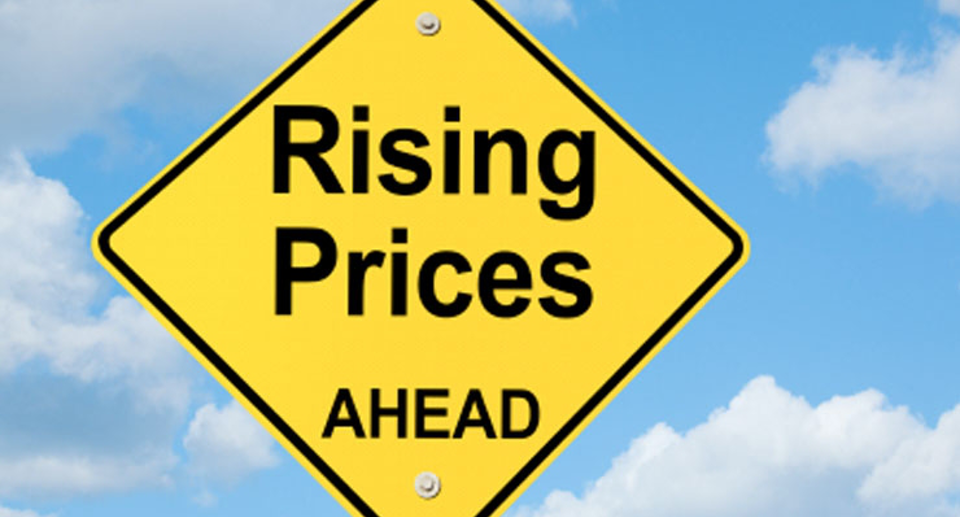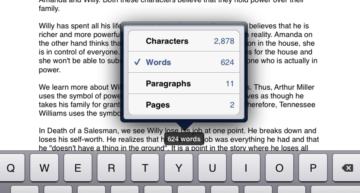
About that 10-Year Renewal Strategy for .COM Domains…
Amidst the back and forth mincing of dialogue concerning a private equity firm, Ethos Capital, purchasing the .org registry, ICANN and Verisign turn heads and make news headlines with its “pay to play” move to increase .com prices.
Domain investing blogs — DomainNameWire.com, DomainInvesting.com, TheDomains.com, OnlineDomain.com, RicksBlog.com, DNIncite.com, and many others — have long sounded the alarm about Verisign’s pure play for billions of dollars — $2 billion dollars based on back-of-napkin math — in profit, dating back to mid 2018 and earlier.
While old news to most domain industry professionals, Verisign’s latest bribe and ICANN’s abdication of price regulator to the U.S. government places domain investors dead center in the crosshairs of slight to complete elimination.
This ICANN and Verisign staged heist will wipe out a good percentage of domain investors while both laugh all the way to the bank.
Most domain investors, whether a person or companies, own hundreds or thousands of domain names, which equates to thousands of dollars in annual renewal fees for portfolios consisting of primary .com domains.
While all domain investors are impacted, domain investors that struggle to make a sale or consistent sales likely discover themselves exiting the domain industry, whether on their own or simply forced out by higher and unsustainable renewal pricing. Either leave the industry or drastically reduce the size of their domain portfolio.
For example, say your current domain portfolio size is 1,000 .com domain names. Based on today’s cost, you’re likely paying $8K-$8.5K annual renewal costs to maintain ownership of your portfolio.
With the first price increase set to go from $7.85 to $8.39 on Oct. 26, 2020 and $10.26 by 2026, this means the same .com domain portfolio will cost $9K-$9.5K and $10.5K-$11K to maintain annually.
Keep increasing the number of domains within the portfolio (see How would a Price Decrease or a Price Increase Affect You?), and you soon discover how rising .com price increases drastically impact annual renewal fees.
Again, if you’re a domain investor already struggling to make a sale or a few sales a year, then the ICANN and Verisign announcement is the proverbial nail in the coffin for your domain portfolio.
If you’re about to make the leap into domain investing, then seriously consider the types of names you invest in, and how long you’re willing to invest.
And if you’re netting tens or hundreds of thousands annually in domain sales profit, then the ICANN and Verisign announcement should strongly cause you to consider renewing select .com domains, if not your entire portfolio, for a 10-year renewal period prior to .com price increases.
From now until October 26, 2020, I strongly encourage the reviewing and assessing of .com domain portfolios, and when and where possible, renew all .com domains for 10 years.
But if strapped for cash and not able to renew all for a 10-year period, then REALISTICALLY evaluate the value of each .com domain and the likelihood of selling — knowing the average time to sell a domain from purchase is just over 400 days, and retain and renew the top 20% for a 10-year period.
And if you’re unable to retain the top 25% of .com domains within your domain portfolio, then do what you can.
In closing, I believe there to be a monsoon of .com domains re-entering the domain aftermarket, starting Q4 2020 and onward.
Again, do what you can to renew existing .com domains in your portfolio, and also stack cash, ready to purchase or bid for secondary .com domains likely to re-enter the domain aftermarket.















I don’t want so sound like someone who is ok with the price increase, however people who can’t handle 20% of annual cost increase are most likely too careless about their portfolio quality and are already subjected to too much risk. What if a UDRP hits a certainly valuable name of yours and you need to spend few $$$$ on defense, but you are already at your limit financially? Not good.
Hi Anon – Thanks for your input. I certainly understand your position about not wanting to sound ok with the price increase. However, I wouldn’t go as far to say “people who can’t handle 20% of annual cost increase are most likely too careless.”
Remember, it’s not only price increases one is dealing with, but there are many unknown factors to consider that could drastically change the domain investing landscape at personal and corporate vantage points, and at a moments notice.
For instance, all sales platforms could drastically increase their domain pricing or sales commissions. The economy could tank leaving one jobless longer than expected and longer than the norm (i.e. great recession, etc). On a personal front, a health or medical incident could wipe a person out. With exception of the outliers, each of these could leave average person devastated and destitute .
Anyone of us could encounter and suffer a number of events that wipes away our ability to provide for ourselves and families, and it not be our direct fault.
That said, I know your stance and point made is that domain investors should not flirt with the financial limits that it leaves floundering with normal levels of percentage increases of doing business, or one completely destitute and financially ruined.
Again, seasoned investors like know and worth within the bounds of prudent domain investing, but I aim to also share, discuss, and shed light on these types of topics for new domain investors starting their journey in domain investing.
Thanks for you input. It’s greatly valued. 🙂